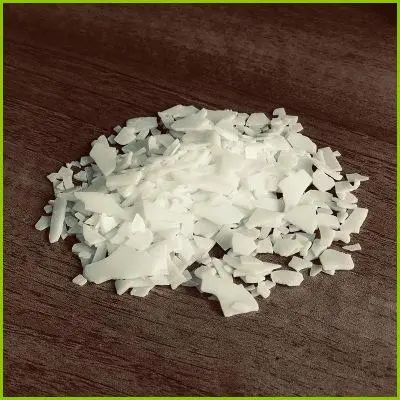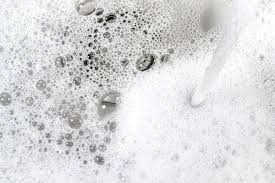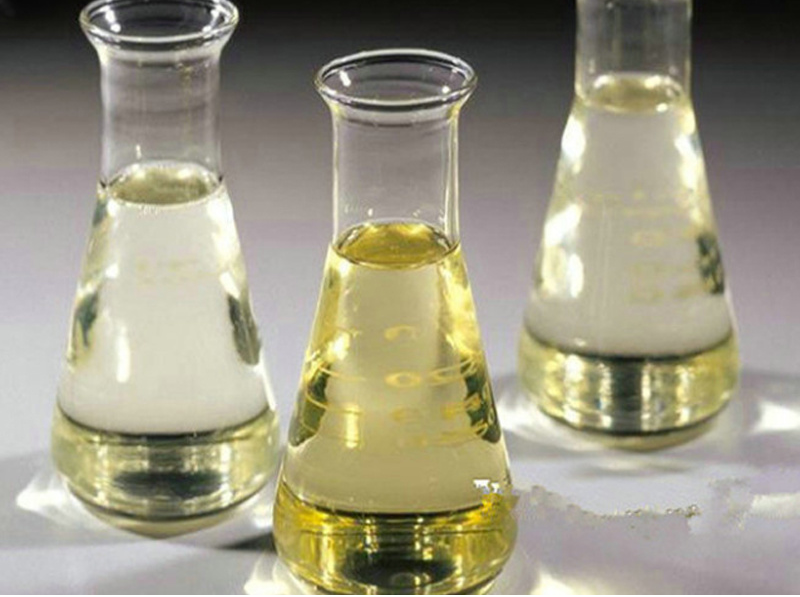**Title: The Magic of Soap’s Secret Weapon: Untangling Surface Tension**
(How Do Surfactants Lower Surface Tension)
**Product Keywords:** Surfactants
**1. What Exactly Are Surfactants?**
Think about water. It beads up on a freshly waxed car. It forms little domes on a penny. This happens because of surface tension. Water molecules cling tightly together at the surface, like a stretched skin. Surfactants are special chemicals that mess with this tension. The name “surfactant” is a mash-up: “surface-active agent.” That tells you their job is acting on surfaces. At their core, surfactants are molecules with a split personality. One end loves water. This is the hydrophilic head. The other end hates water. This is the hydrophobic tail. This dual nature is their superpower. You find surfactants everywhere. They are in soap, shampoo, laundry detergent, dishwashing liquid, toothpaste, lotions, and even some foods. They are the workhorses of cleaning and foaming. Without them, washing grease off dishes or oil off your skin would be nearly impossible. They bridge the gap between water and oils.
**2. Why Does Surface Tension Matter Anyway?**
Surface tension is a fundamental property of liquids. It dictates how liquids behave, especially at their boundaries. High surface tension makes water form spherical drops. It makes small insects like water striders walk on ponds. It prevents water from easily spreading out and wetting surfaces. This is good for some things. But it’s bad for cleaning. Grease and dirt are oily. Oil and water famously don’t mix. Water’s high surface tension means it tends to bead up on oily surfaces. It rolls right off instead of spreading out and grabbing the grime. Imagine trying to wash an oily pan with pure water. The water just slides away. It doesn’t penetrate the grease. Cleaning becomes a frustrating battle. Surfactants change this game. They lower water’s surface tension significantly. This allows water to spread out. It can wet surfaces much more effectively. This wetting is the first crucial step in cleaning. It lets water get into fabrics, onto dirty surfaces, and surround particles of dirt.
**3. How Do Surfactants Actually Lower Surface Tension?**
The magic happens at the surface. Picture a container of pure water. The water molecules at the surface are pulled strongly inward by their neighbors below. This creates the tight, tense surface. Now, add surfactant molecules. Remember their split personality? The hydrophobic tails hate being in the water. They want to escape. The hydrophilic heads are happy in the water. So, the surfactant molecules do something clever. They migrate to the water’s surface. At the surface, they orient themselves. The hydrophilic heads stay in the water. The hydrophobic tails stick out into the air. It’s like the molecules stand on their heads. This creates a layer of surfactants at the interface between water and air. This layer disrupts the strong cohesive forces between the water molecules. The water molecules at the surface aren’t pulling on each other as hard anymore. The surfactant tails act like little spacers. They get in the way. This reduces the surface tension. The water surface becomes looser, more flexible. It can spread out easily. Inside the water, surfactants also form structures called micelles. Micelles are tiny balls. The hydrophobic tails hide inside the ball. The hydrophilic heads face outwards into the water. Micelles trap oil and grease inside them. This keeps the oil suspended in the water. It prevents the oil from just floating back to the surface.
**4. Where Do We Use Surfactants? (Beyond Just Cleaning Dishes)**
Surfactants are incredibly versatile. Their ability to lower surface tension and emulsify oils makes them indispensable. Cleaning products are the obvious place. Dish soap, laundry detergent, surface cleaners – they all rely heavily on surfactants to lift dirt and suspend it. Personal care is another huge area. Shampoos and body washes use surfactants to create lather and remove oils from skin and hair. Toothpaste uses them to help spread the paste and clean teeth. Cosmetics like lotions and creams use them to mix oil and water components. But their uses go far beyond the bathroom and kitchen. In agriculture, surfactants are added to pesticides and herbicides. This helps the sprays spread evenly on plant leaves. It makes the chemicals more effective. In the textile industry, surfactants help fabrics absorb dyes evenly. They are used in processes like scouring and finishing textiles. Oil spill cleanup operations use special surfactants. These surfactants help break up oil slicks into tiny droplets. Microbes can then digest these droplets more easily. Firefighting foams use surfactants to create a blanket that smothers flames. Even in food, surfactants act as emulsifiers. They keep salad dressings from separating. They create smooth textures in ice cream and baked goods. Industrial processes use them in paints, coatings, and adhesives to improve spreading and stability.
**5. Surfactant FAQs: Quick Answers**
Here are answers to some common questions about surfactants:
* **Are all surfactants the same?** No, not at all. There are many types. Anionic surfactants (common in laundry detergents) have a negative charge. Cationic surfactants (common in fabric softeners) have a positive charge. Nonionic surfactants (common in dish soaps) have no charge. Zwitterionic surfactants have both positive and negative charges. Each type has different properties and uses.
* **Are surfactants safe?** Most surfactants used in household products are safe when used as directed. However, some can be skin irritants for sensitive people. Environmental impact varies. Biodegradability is a key factor. Manufacturers work to develop safer, more eco-friendly surfactants. Always follow product instructions.
* **Do natural surfactants exist?** Yes. Saponins found in plants like soapberries or soapwort are natural surfactants. Lecithin, found in egg yolks and soybeans, is another. They often form milder foams than synthetic ones. However, synthetic surfactants are usually more powerful and versatile for modern products.
* **Why does soap make bubbles?** When you agitate water with surfactants (like soap), you trap air inside. The surfactant molecules arrange themselves around the air pocket. The hydrophilic heads face the water. The hydrophobic tails face the air inside the bubble. This forms a stable film – a bubble! Lower surface tension makes it easier to form and stretch this film.
(How Do Surfactants Lower Surface Tension)
* **Can surfactants lower tension in other liquids?** Yes. While we most often talk about water, surfactants can lower the surface tension of other liquids too. Their effectiveness depends on matching the surfactant’s properties to the specific liquid. The principle of the hydrophilic head and hydrophobic tail interacting with the liquid remains key.
Inquiry us
if you want to want to know more, please feel free to contact us. (nanotrun@yahoo.com)




